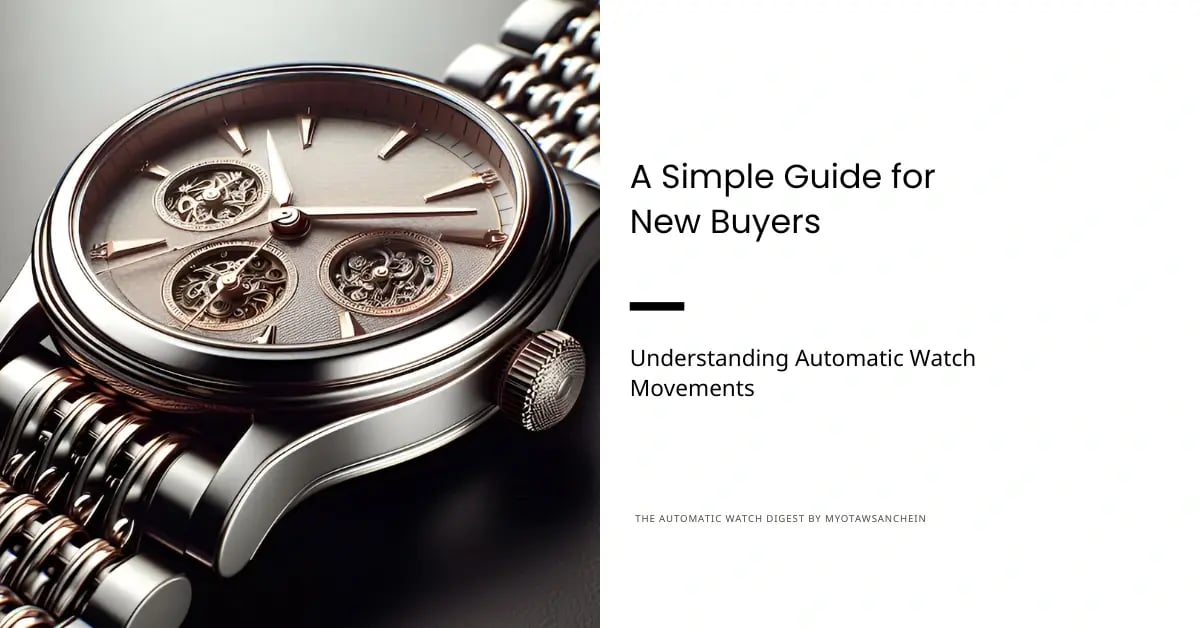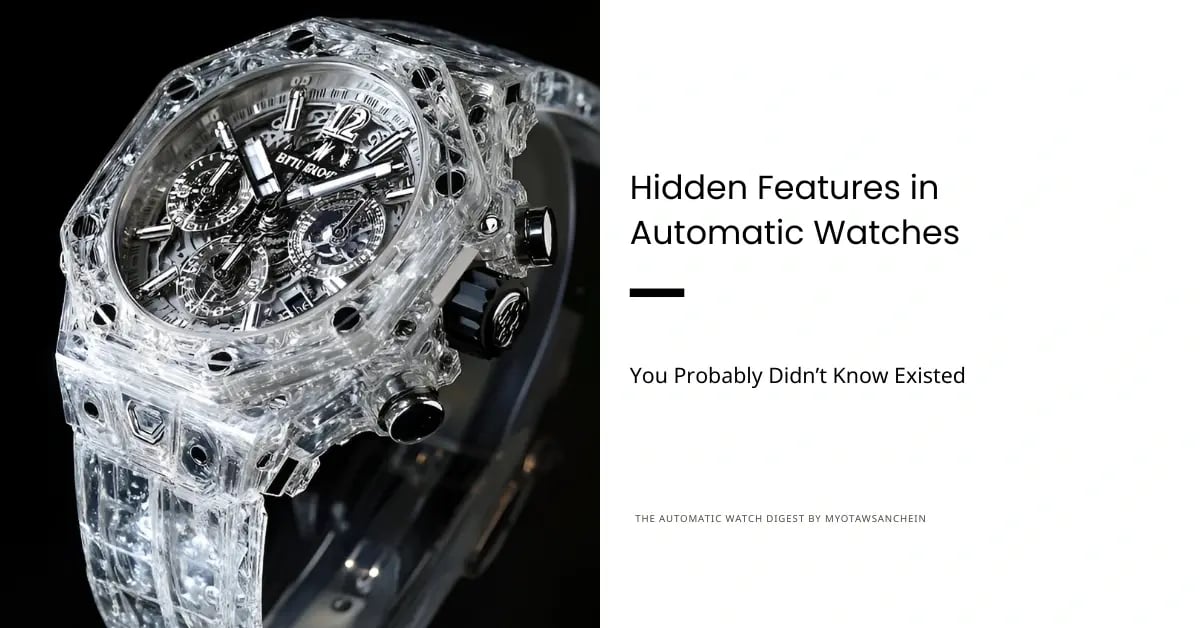
How to Tell If Your Automatic Watch Needs Servicing?

Automatic watches are marvels of mechanical engineering that are designed to last for generations with proper care. However, like any precision instrument, they require regular maintenance to ensure accuracy and longevity. Knowing when your automatic watch needs servicing can prevent costly repairs and preserve its beauty and function. This guide outlines the most common signs that your automatic watch needs attention and offers practical solutions.
Why Regular Servicing is Essential
Automatic watches rely on hundreds of tiny moving parts, lubricants, and precise tolerances. Over time, lubricants dry up, parts wear down, and environmental factors can take their toll. Regular servicing-typically every 3 to 5 years-is recommended even if your watch appears to be running well. But how can you tell if your watch needs professional attention sooner?
Common Signs Your Automatic Watch Needs Servicing
1. Inaccurate Timekeeping
If your automatic watch starts gaining or losing time significantly more than a few seconds per day-it’s a clear sign that something is wrong. Consistent inaccuracy can result from dried lubricants, worn gears, or magnetization. If your watch is off by more than a minute per day, it’s time for a service.
2. Moisture or Condensation Under the Crystal
Any sign of moisture or fogging inside the watch crystal is urgent. Moisture can quickly corrode internal components, leading to severe damage. If you see water droplets or fog, seek professional servicing immediately to prevent rust and further deterioration.
3. Unusual Noises
Automatic watches should operate almost silently. If you hear grinding, ticking louder than usual, or any unfamiliar sounds, it may indicate internal wear or debris inside the movement. These noises often precede more serious mechanical issues.
4. Difficulty Winding or Setting the Time
If the crown feels unusually tight, loose, or gritty when winding or setting the time, or if the date mechanism doesn’t change smoothly, internal parts may be worn or misaligned. This can escalate quickly if not addressed.
5. Reduced Power Reserve
If your watch stops running much sooner than its stated power reserve (often 36–48 hours for many models), it could point to a worn mainspring or dried lubricants. A healthy automatic watch should keep running for its full power reserve when fully wound.
6. Loose or Tight Components
If parts of your watch-like the bracelet, crown, or caseback-feel unusually loose or tight, it may signal internal issues or wear. These changes in feel are often early warnings of deeper mechanical problems.
7. Complications Not Working Properly
If features like the date, day, or chronograph functions stop working or behave erratically, it’s a sign the movement needs attention. Complications rely on precise interaction between many parts, so any malfunction should be checked by a professional.
Solutions: What to Do When You Notice These Signs
Act Quickly
- Moisture: If you spot moisture, get your watch to a professional immediately. Do not attempt to dry it yourself, as internal corrosion can begin quickly.
- Inaccuracy or Power Loss: Stop wearing the watch and take it for servicing. Continued use can worsen the problem and increase repair costs.
- Noises or Stiffness: Avoid winding or setting the watch until it’s been checked, as forcing the mechanism can cause further damage.
Professional Servicing Includes:
- Complete disassembly and inspection
- Ultrasonic cleaning of all parts
- Lubrication of moving components
- Replacement of worn or damaged parts
- Reassembly, regulation, and testing for accuracy
- Water resistance check and gasket replacement if needed
Preventive Care Tips
- Wear Regularly: The natural motion of your wrist keeps the movement lubricated and running smoothly.
- Avoid Moisture and Magnets: Keep your watch away from water unless it’s rated for it, and avoid strong magnetic fields to prevent magnetization.
- Store Properly: When not in use, store your watch in a cool, dry place, ideally in a watch box or case.
- Regular Cleaning: Gently clean your watch with a soft cloth to remove dirt and sweat.
- Service Every 3–5 Years: Even if no issues are apparent, regular servicing keeps your watch in optimal condition.
Conclusion
Recognizing the early signs that your automatic watch needs servicing-such as inaccurate timekeeping, moisture under the crystal, unusual noises, difficulty winding, reduced power reserve, or malfunctioning complications, saves you from costly repairs and extends the life of your cherished timepiece. Regular professional maintenance and attentive daily care are key to ensuring your automatic watch remains a reliable and beautiful companion for years to come.
If you notice any of these warning signs, don’t delay- consult a professional watchmaker to keep your automatic watch ticking perfectly.


